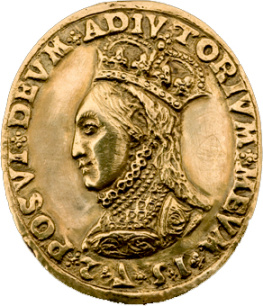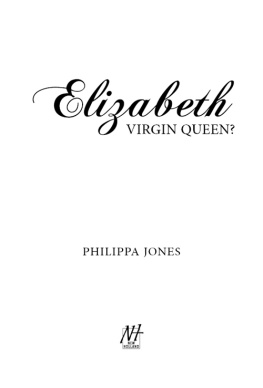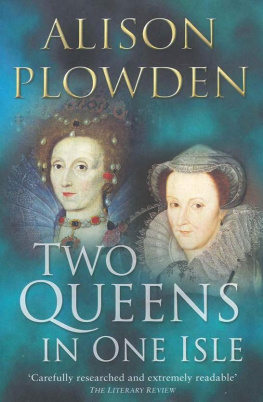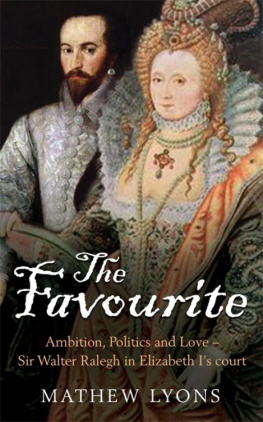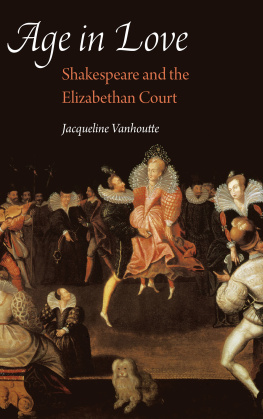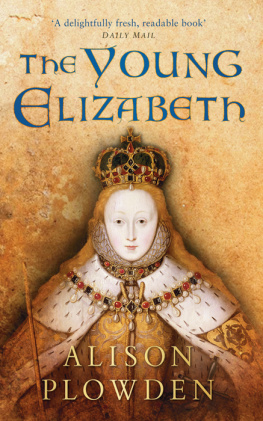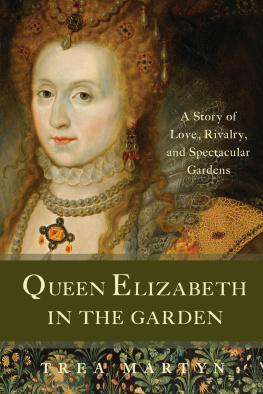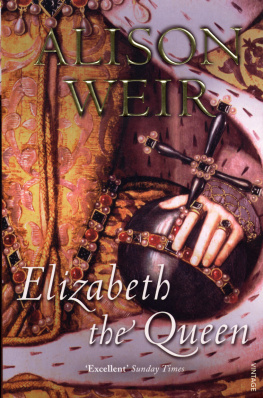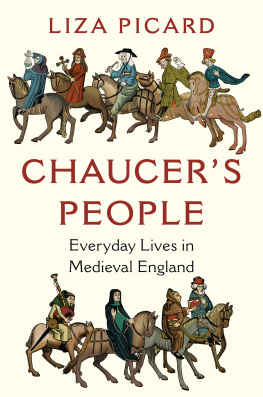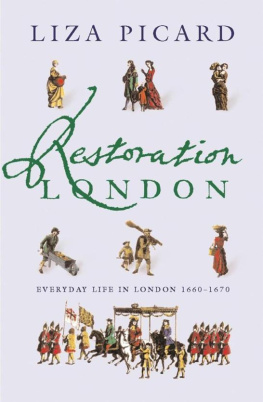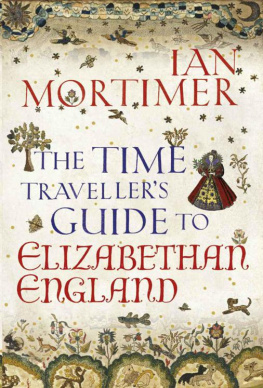
The author and publisher have provided this e-book to you for your personal use only. You may not make this e-book publicly available in any way. Copyright infringement is against the law. If you believe the copy of this e-book you are reading infringes on the authors copyright, please notify the publisher at: us.macmillanusa.com/piracy.
Contents
To the Reader
Divers writers of histories write diversely For though it be written homely, yet it is not (as I trust) written untruly. And in histories the chief thing that is to be desired is truth. Wherefore, if thou find that in it, I beseech thee, wink at small faults, or at the least, let the consideration of my well meaning drown them.
John Stow
Preface
You only have to open Samuel Pepys Diary and you are back in the London of Charles II. A hundred years later, Dr Johnson is pontificating and Hogarth is painting, and again, you can easily imagine that time. But to go back to the days of the first Queen Elizabeth needs more effort. Her own appearance is familiar, from the many portraits which she authorised, to keep her image before her public. As she aged, her portraits became less and less like her, but the idea behind them remained the same a gorgeously dressed queenly icon. The members of her Court look out from their portraits, some so lifelike that they could be the commercial barons and top civil servants of nowadays, in fancy dress. But they were a tiny section of society. Where can we find the ordinary people?
When I began this book I found them elusive. There was no diarist who conveniently covered the period. There are few buildings surviving, especially in London. Artefacts and clothes from the time are rare. How could the life of Londoners during Elizabeths long reign, 15581603, be evoked?
The first man I turned to was John Stow. He lived in London all his life, 15251605. His father and grandfather had been Londoners too. He belonged to the Merchant Taylors livery company, who clearly thought him a worthwhile member, whatever his merits as a tailor, because he was given a pension in 1578 so that he could devote all his time to his historical research. He published his Survey of London in 1598, when he was over 70. It is a meticulous account of the London he knew, based on his own perambulations and on records he had seen and collected over the years. He looked back to the 1300s as if they were yesterday. The only caveat I would enter for a modern reader is that he dealt with London ward by ward: if at all possible, have a map of the wards by you as you read.
William Harrison, 153593, wrote a Description of England for inclusion in Holinsheds Chronicles in 1587. It contains many references to London, as well as generalities about England and its laws, customs, etc. Just occasionally one is aware of a possible tendency to pad the book out was he paid by the thousand words?
I found, as I delved deeper, more diaries than I had originally expected, but of course they were kept by moderately prosperous men none was kept by a poor man or by a woman. Some were travel journals kept by foreign visitors. A young Venetian merchant Alessandro Magno arrived in London in August 1562. He knew no English, but he had an acute eye, and the account of his seven-week stay is factual and fascinating.
Elizabeths astrologer, Dr Dee, recorded in his diaries many domestic details as well as his success, or otherwise, in summoning spirits.
Accounts may sound formidably dry, but they can provide a vivid objective picture. The prosperity of the great livery companies, shown in their accounts, made them sitting ducks for the Queens constant demands for revenue. A laborious search of the records kept by clerks and officials, and administrative proclamations and statutes, produced occasional rewards, such as the irate woman screaming rude words at her neighbour across the yard, which were carefully noted in a court record.
Elizabethan Londoners ambivalence about foreigners gave rise to periodic checks on them to see exactly what they were doing and how many of them there were. An astonishing amount of information was recorded the names, ages, occupations and places of birth of all foreign household members in London, including servants and apprentices. In those respects we know much more about foreign immigrants than about native-born Londoners. Here I relied principally on the scholarship of Irene Scouloudi, who edited the 1593 Return of Strangers.
Shakespeare arrived in about 1580, half way through Elizabeths reign, but there were earlier playwrights and poets, from whose works an image of London life can sometimes be inferred, if only by noting the things they took for granted. Another set of writers was invaluable the ultra-Puritans, who disapproved of almost everything. Foremost among them was Phillip Stubbes, whose descriptions of contemporary dress enable us to see it in every shocking detail.
At an early stage I decided that as much as possible I would quote verbatim from the contemporary documents I was using, which evoke those times more vividly, to me, than the most scholarly or the most imaginative accounts based on them. I hope you agree. I have in places punctuated the excerpts I have used, to make them easier to read, and I have used modern spelling. Where the sense needed the addition of a word or two I have added them in square brackets. I should perhaps say at this stage that I consistently, and sometimes inaccurately, refer to Elizabeths chief minister William Cecil as Burghley. This is the name by which he is best known to us, and it would be, I thought, needlessly pettifogging to signal the exact date, 1571, when Elizabeth made him an earl.
I knew I needed help this time, and I had the sense to ask for it. In that way I met many delightful people who wear their immense knowledge lightly, and unstintingly share it with an amateur making clumsy and, I am sure, badly timed, enquiries. Jenny Tiramani, Master of Design of the New Globe Theatre, found time in an appallingly busy day to talk to me about making Elizabethan costumes. Nick Humphrey took me round his new British Galleries in the V & A. and explained them so that I saw them with new eyes. Gill Saunders, of the Prints and Drawings Department there, showed me fascinating survivals of wallpaper which I would never have seen without her. The staff of the London Metropolitan Archives were as always endearingly enthusiastic and brilliantly helpful. Heather Creaton and Olwen Mihill of the Centre for Metropolitan Studies in the Institute of Historical Research did not mind at all that I didnt even know what I was looking for, and directed me to all kinds of treasures. I spent a happy day with Marion Rea, archivist of Barts, looking at the hospitals amazingly complete early records, and two more days in Horsham reading the early records of Christs Hospital with the help of its archivist, Rona Mitchell. Irene Gilchrist and her staff at the Guildhall Library were as unfailingly helpful as I have always found them. The staff of the British Library patiently saw me through my difficulties with their computerised catalogue.
In Oxford I have been privileged to learn from Professor Catherine Duncan-Jones, Dr Marjory Pelling, Dr Barbara Harvey and Dr Lucy Wooding. The last piece of research I undertook was a boat trip from Gravesend up the Thames as far as Lambeth, with that unique source of riverine experience and knowledge Captain Potter, of MV Princess Pocahontas. The fact that the trip was entirely pleasurable does not disqualify it from being work. But the star of this list has to be Ms Lawik, who deals with requests by country readers for books from the London Library, that astonishing institution. Not only did she see that whatever I asked for arrived, but also she helped constructively with suggestions, and it was always a delight to talk to her. And my thanks, too, to Jan Morris for explaining the meaning of St. Vincents rocks .
Next page

